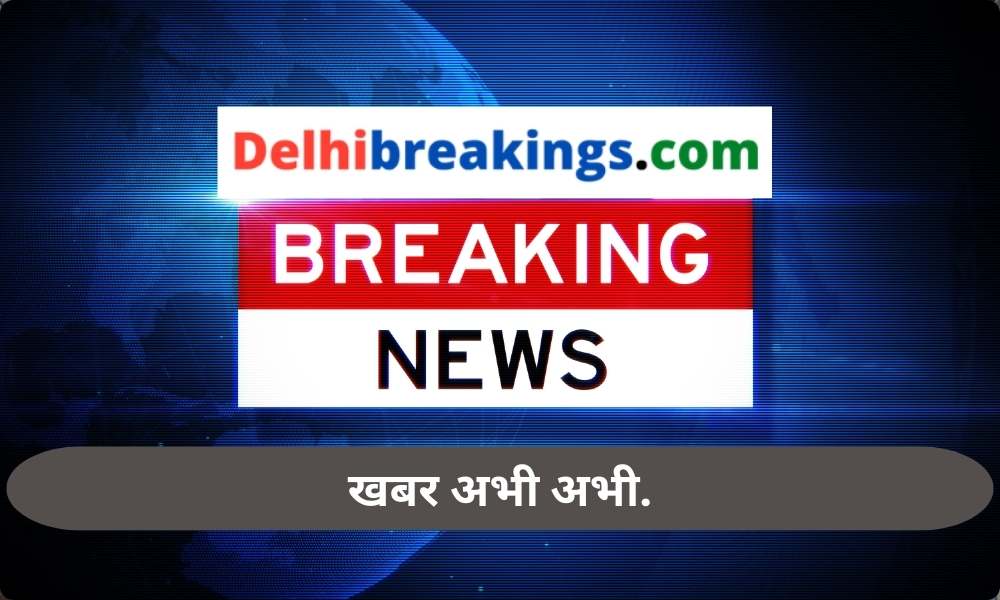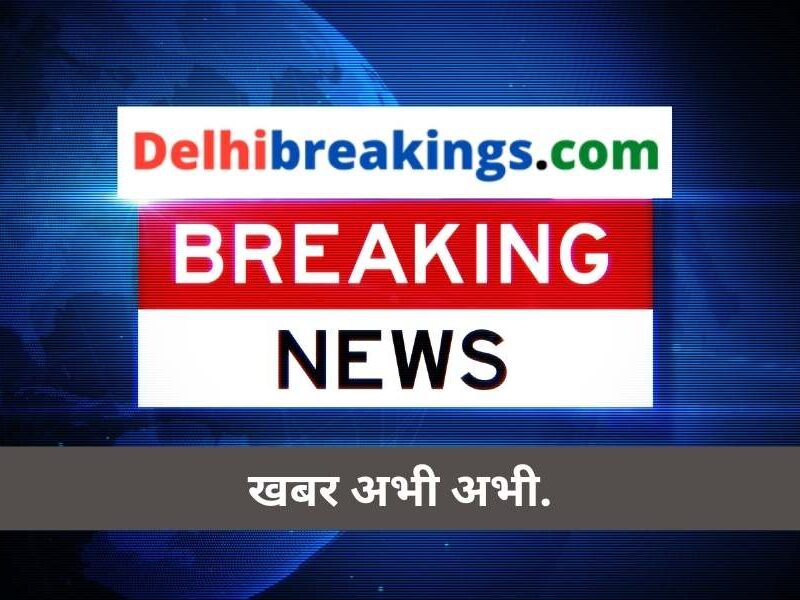In today’s digital age, Unified Payments Interface (UPI) has become a ubiquitous part of financial transactions in India. However, many users are not fully aware of the rules and regulations associated with UPI, which have been undergoing continuous changes over time. Let’s delve into the significant updates and rules of UPI in 2024, highlighting the key changes that are shaping the future of digital payments in India.
Significant Increase in UPI Transaction Limits
One of the most notable changes in UPI rules is the increase in transaction limits. Now, payments up to ₹5 lakh can be made at hospitals and educational institutions, a significant jump from the previous limit of ₹1 lakh. This change not only benefits the institutions but also offers greater convenience and flexibility to users.
National Payments Corporation of India (NPCI) and Secondary Market UPI Introduction
NPCI has introduced UPI for the secondary market, which is currently in its beta phase. This initiative is set to revolutionize the way investments are made, making trading settlements much more straightforward. The focus on the single-block-multiple-debit facility enhances transparency and gives users full control over their transactions.
New UPI Payment Rule: Higher Daily Transfer Limits
The latest UPI rule, effective from today, allows for higher daily transfer limits. This new cap significantly enhances the utility of UPI for larger transactions, thereby broadening its use cases across various financial activities.
QR Code-Based ATM Withdrawals
A groundbreaking development in UPI usage is the introduction of QR code-based ATM withdrawals. Still in the pilot phase, this feature will enable users to withdraw cash from ATMs by scanning a QR code. This is part of an ongoing effort to provide better and more convenient services to customers. Additionally, the cooling period for UPI transactions has now been set at 4 hours, ensuring enhanced security and control for users.
Key Highlights:
- Increased Transaction Limits: UPI now allows for transactions up to ₹5 lakh at hospitals and educational institutions.
- NPCI’s Secondary Market Initiative: UPI’s extension to the secondary market promises easier investment and trading processes.
- Higher Daily Transfer Limits: The revised UPI rules offer higher daily transfer limits, expanding its utility for larger transactions.
- QR Code-Based ATM Withdrawals: This innovative feature is set to redefine how cash withdrawals are made, enhancing convenience.
- Shorter Cooling Period: The cooling period for UPI transactions is now just 4 hours, adding an extra layer of security for users.
As we embrace these changes in 2024, it’s clear that UPI is not just a payment method but a dynamic ecosystem evolving to meet the diverse needs of Indian consumers. With these advancements, UPI is set to further cement its position as a cornerstone of India’s digital economy, offering users unparalleled ease, security, and flexibility in their financial transactions.



